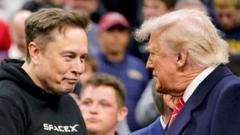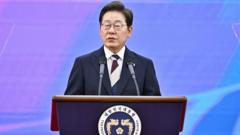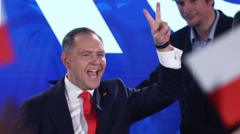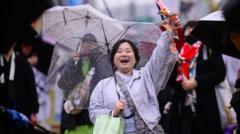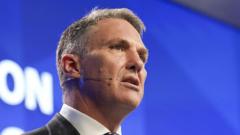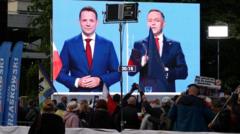On May 3, Australians are set to participate in their first federal election of 2023, crucial for determining the country's next prime minister and shaping the parliament. With a mandatory voting system in place and a distinctive preferential voting method, the election promises to be both engaging and pivotal.
How Australia Will Select Its Next Prime Minister: A Detailed Guide
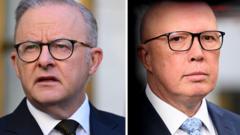
How Australia Will Select Its Next Prime Minister: A Detailed Guide
In Australia, voting day traditions and a unique electoral process set the stage for the upcoming federal election.
Voting participation remains high, with nearly 18 million registered voters preparing to rank candidates according to their preferences. This approach diverges from traditional popular vote systems, ensuring every voice is represented. A total of 150 seats in the House of Representatives and 40 in the Senate are up for grabs, representing key decision-making positions in the government.
Currently, the Labor Party holds a majority, having secured 78 seats in the last election, while the Liberal-National coalition trails with 57. Leaders Anthony Albanese and Peter Dutton represent contrasting visions, with cost of living and housing affordability emerging as primary electoral concerns. Although Australians traditionally enjoy swift results on election night, final declarations from the Australian Electoral Commission may take days.
Amidst rising living costs, Australians are ready to make their voices heard, engaging in one of the most important civic duties of the year.
In the lead-up to the election, political analysts are closely watching how economic concerns regarding inflation and housing prices will shape voter preferences. Major contenders, current Prime Minister Anthony Albanese and opposition leader Peter Dutton, are bracing for a contentious clash as they present their visions for Australia's future.
Ultimately, the nation’s democratic process and collective decisions will reveal who will lead Australia in the coming years.
Currently, the Labor Party holds a majority, having secured 78 seats in the last election, while the Liberal-National coalition trails with 57. Leaders Anthony Albanese and Peter Dutton represent contrasting visions, with cost of living and housing affordability emerging as primary electoral concerns. Although Australians traditionally enjoy swift results on election night, final declarations from the Australian Electoral Commission may take days.
Amidst rising living costs, Australians are ready to make their voices heard, engaging in one of the most important civic duties of the year.
In the lead-up to the election, political analysts are closely watching how economic concerns regarding inflation and housing prices will shape voter preferences. Major contenders, current Prime Minister Anthony Albanese and opposition leader Peter Dutton, are bracing for a contentious clash as they present their visions for Australia's future.
Ultimately, the nation’s democratic process and collective decisions will reveal who will lead Australia in the coming years.

